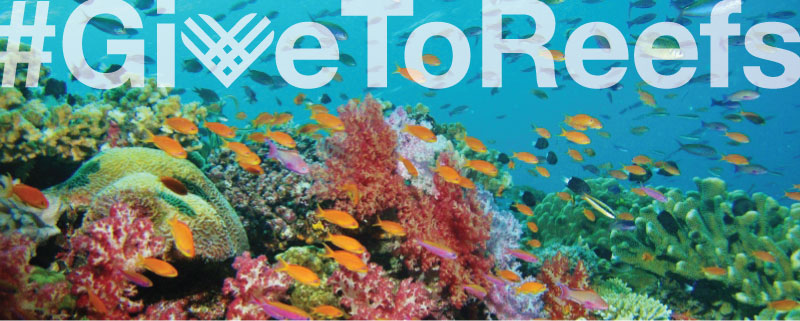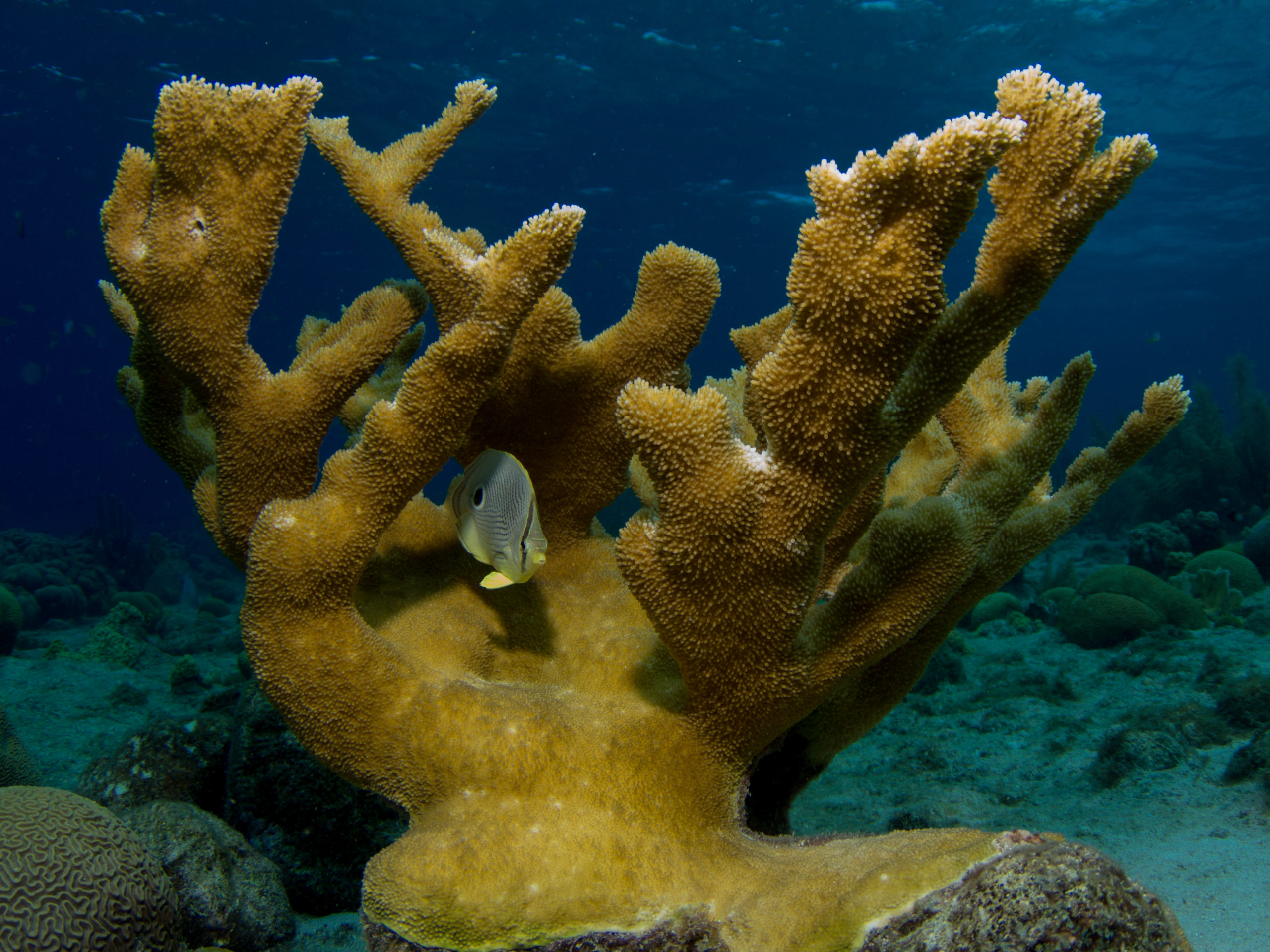Day 1 of our underwater journey starts with hard corals and how they protect our coastlines.
Healthy reefs act as natural barriers that protect coastal cities, communities and beaches from pounding ocean waves. Without coral reefs, many beaches and buildings would become vulnerable to waves and storm damage. And with increasing storm intensity predicted as our climate warms, these coastal protection services will become even more important.
Research conducted on Palmyra Atoll by members of the Reefs Tomorrow Initiative found that pristine coral reefs dampen much more wave energy than expected. In other words, healthy reefs are better at protecting coastlines from wave and storm damage. Conversely, a reef that is not as healthy (perhaps due to poor water quality or overfishing) is less able to absorb or dissipate wave energy. This creates a negative feedback loop: less healthy reefs take more of a beating which leads to—you guessed it!—even less healthy reefs. Over time, this can cause previously protected coastlines to become more susceptible to wave and storm damage. More information can be found by reading the original article: Wave dynamics of a Pacific Atoll with high frictional effects.
Be sure to check back tomorrow to continue your underwater journey and, on November 29, celebrate #GivingTuesday with us and #GiveToReefs.


